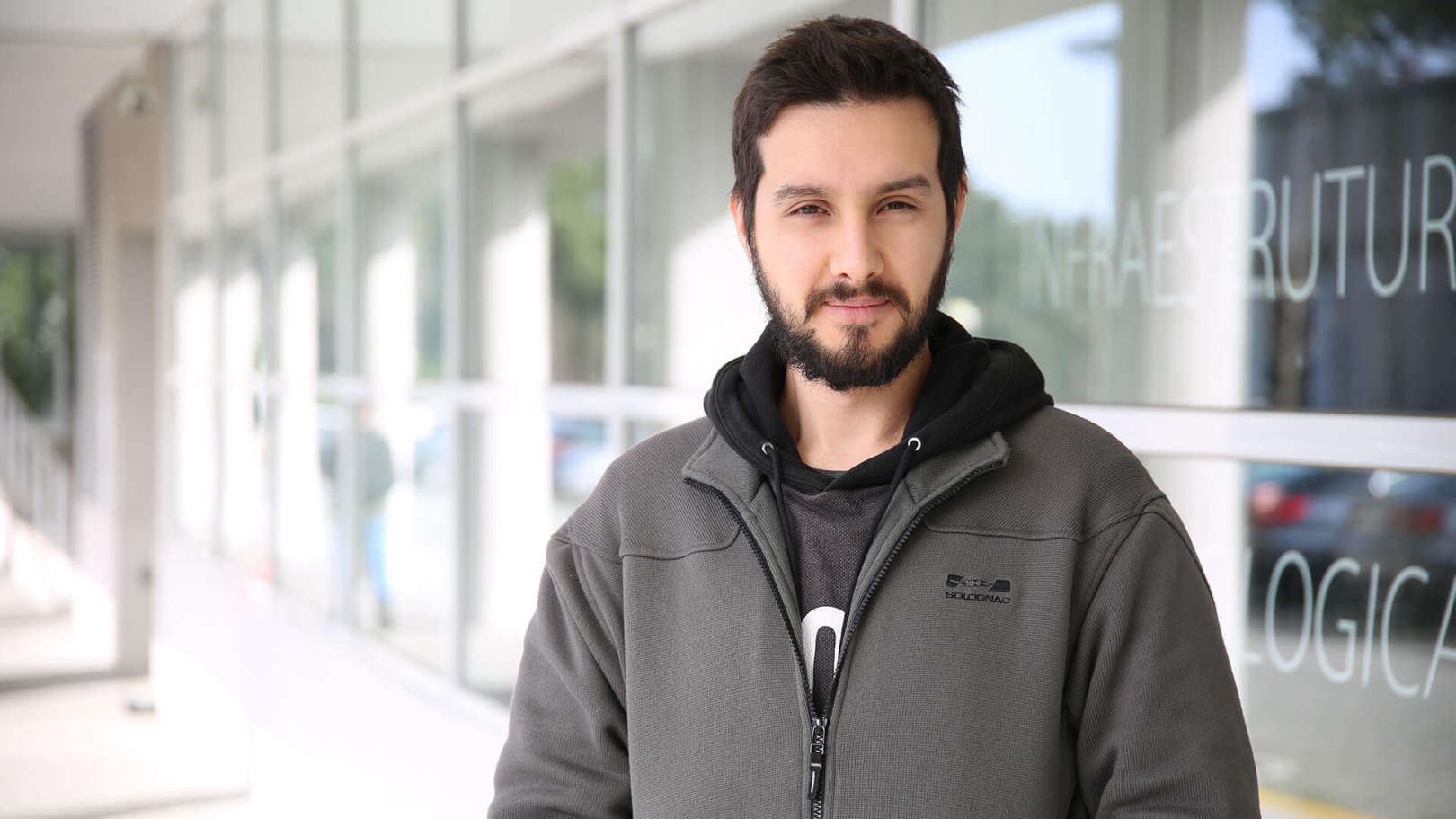About
I received my Master's Degree from FEUP (Faculdade de Engenharia da Universidade do Porto), in Electrical and Computer Engineering. My thesis was titled Generation of Reconfigurable Circuits from Machine Code, a work which continued throughout my PhD in Electrical and Computer Engineering, also at FEUP, and in association with INESC-TEC.
Having completed my PhD thesis, Generation of Custom Run-time Reconfigurable Hardware for Transparent Binary Acceleration, I am now a post-doc researcher with INESC-TEC on the topic of special compilers for hardware, and also an Auxiliary Assistant Professor with the Department of Informatics at FEUP.


